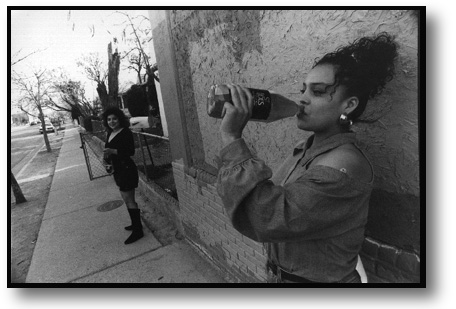

Gangs




|
Gang activities in the |
|
|
Membership in early gangs provided a sense of personal identity in a culturally diverse world. Todayís gangs have developed into financial enterprises. |
|
|
Gang activities today include drug running and the acquisition and sale of stolen goods. |
|
|
The East Coast gang of the 1930s found that the weapons of choice include milk bottles, flowerpots, and banana tree stalks. Members of large-city gangs today prefer semiautomatic weapons and Uzi submachine guns. |
|
|
The |
1. Gang members were significantly more likely than non-gang member to have sold cocaine, and to be involved in organized drug dealing.
2. Gang members were less likely to come from an intact family and more often came from a dysfunctional family.
3. Gang members were significantly less likely than non-gang members to complete high school.
4. Gang members tended to be more predatory (bullies, risk takers).

Runaways
|
The |
|
|
Many children who run away come from homes where there is little love and affection, others donít get along with their parents, and some a lured away by drugs and money that drugs might bring. |
|
|
33% of runaways suffer from sexual abuse at home. 50% leave home because they are abused. |
|
|
Out of all the children that run away, only 20% ever come into contact with police or social services agencies. |